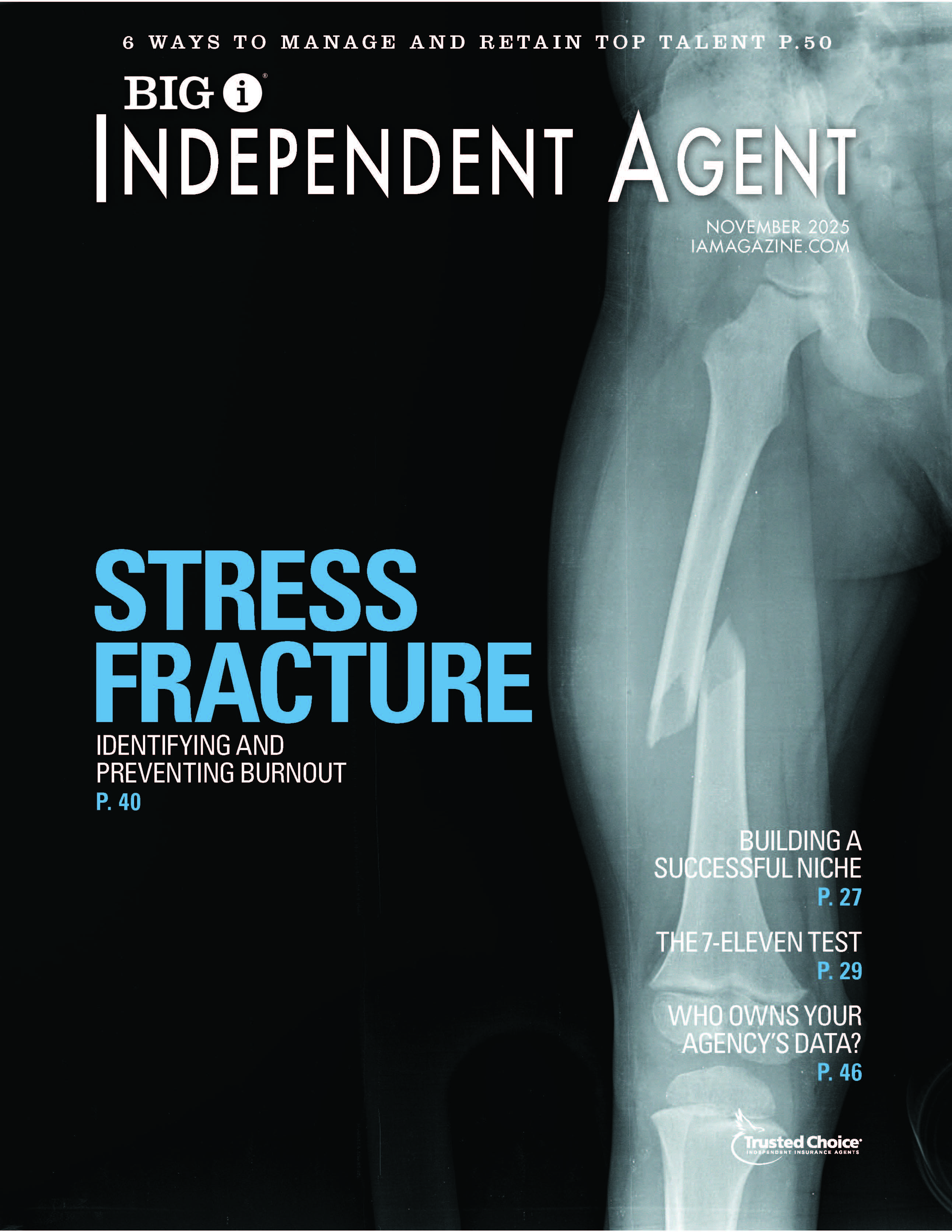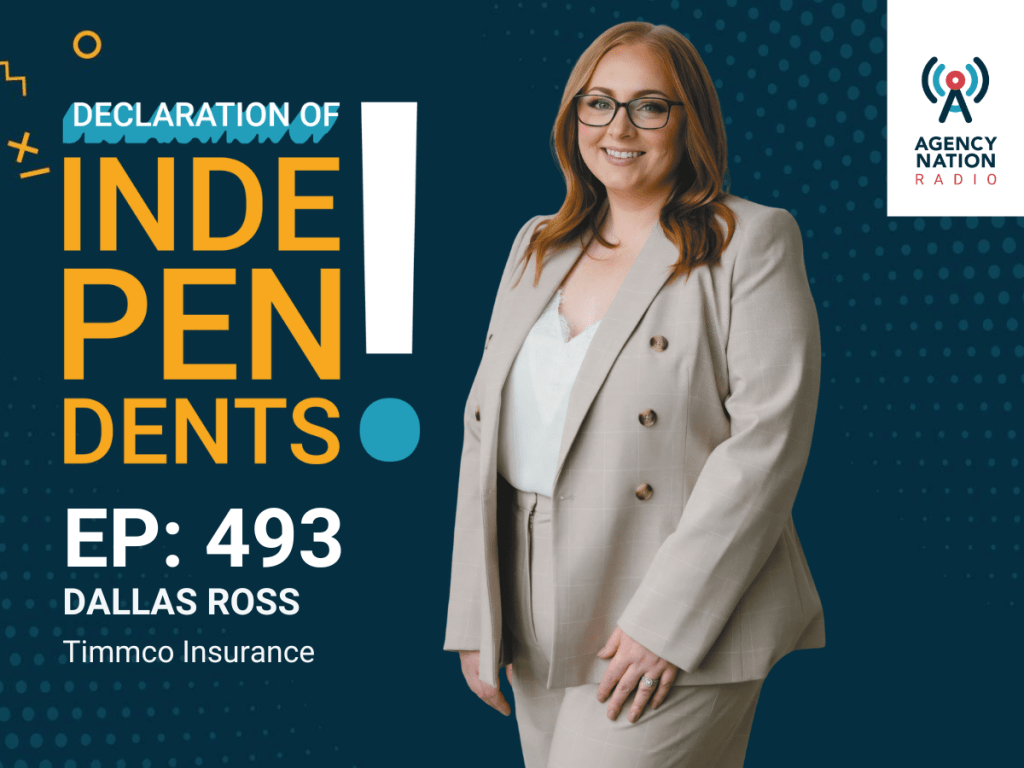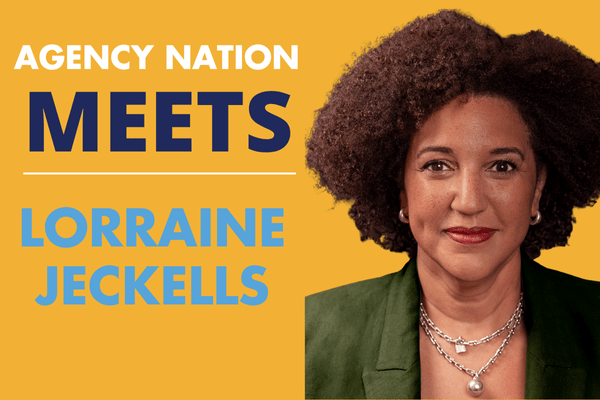Wanted: Extreme Messaging Makeover
By: David Mastovich
Have you ever driven past a billboard that would cause an accident if anyone actually read the whole thing? Or wished that a salesperson would stop blabbering about how perfect their product or service is? Worse yet, have you ever sat through a presentation that features a bunch of PowerPoint slides being read to you by the speaker?
The advertiser, salesperson and speaker all missed the opportunity to reach and influence their target audiences. Time and money are wasted. Productivity suffers. It’s time for an extreme messaging makeover.
The advertiser, salesperson and speaker all missed the opportunity to reach and influence their target audiences. Time and money are wasted. Productivity suffers. It’s time for an extreme messaging makeover.
- Focus on one big idea. We’re bombarded with messages from the time we wake up until we crash at the end of a long day. We can’t afford to spend more time processing information unless we are sure we need it. We remember creative messages that are memorable and make an emotional impact. We relate to them and they are focused on one main idea. Think about ads or slogans that you probably couldn’t forget if you wanted to: “Can you hear me now?”; “Don’t leave home without it”; and “Got milk?” Try to remember the last time a salesperson made just the right pitch or you thoroughly enjoyed a presentation or speaker. The message was focused on you and on one big idea that you still remember today. The next time you are creating an ad, making a sales pitch, preparing for a presentation or writing a memo, improve your message by asking yourself: What’s the big idea?
- Tell your story by telling stories. Stories resonate and help us relate to others. We remember vivid details of stories told when we were kids. The most influential speakers tell memorable stories that stir multiple emotions. The most successful advertising campaigns use storytelling to make a lasting impact. The best media coverage is created by compelling stories. Build your company’s brand by telling its story in a way that focuses on your key target audiences. Make it about them and their wants and needs.
- Get them to feel something. Your messaging must make an emotional impact with your target audience. They have to feel something. When we listen to a political candidate, entertainer, coach, religious leader or rock star, we typically feel something. We are emotionally tied to the subject and the speaker. These communicators know how to stir emotions and engage their audiences. While you might not see yourself as a rock star speaker or your message to the level of a coach or politician, you still need to think about how you can make an emotional impact on your audience. Do you touch on emotions like excitement, fear, happiness or sadness? Touch emotions to capture people’s attention. Focus on what the audience stands to lose as well as what they stand to gain. Put the message in their terms and focus on the impact on them, positive or negative.
- Tell the truth. Most marketers have heard the phrase “truth in advertising.” The term “spin doctor” pretty much covers the perception of truth in public relations. And as far as sales, nobody likes to be sold, right? Telling the truth is essential to successful public relations. Pick your favorite media gaffe that resulted from a public figure being less than truthful. If you hide behind a “no comment” or offer a less than truthful response, you will be perceived negatively when the reporter eventually does break the story (and someone will).
Truth in advertising does exist and the winning companies adhere to it. Truth in sales must exist or you and your company will lose credibility. Truth in sales will help you stand out from the competition and ultimately lead to more business for your agency.
David M. Mastovich (massolutions.biz) is president of MASSolutions, Inc., a company that focuses on creative selling, messaging and PR solutions.
Tap the Power of Startling Stats and More
People tend to remember memorable facts or numbers rather than theories or abstract ideas. Beginning with a relevant fact or statistic can be an effective way to grab the audience’s attention and provide them with an easy-to-remember point. Trident famously used the phrase “four out of five dentists surveyed would recommend sugarless gum to their patients who chew gum” in its advertising for decades. Why? It was a startling statistic that made a memorable impact.
Acronyms and abbreviations are also an effective way to help your audience remember things they might not normally retain. Within many organizations and industries, this practice is so popular that a maze of acronyms can actually lead to confusion. When that happens, you might find a CQI team is developed to focus on PI and maximizing ROI to reduce stress and avoid increased visits to doctors in the company’s PPO or HMO—don’t overuse this tactic.
—D.M.










